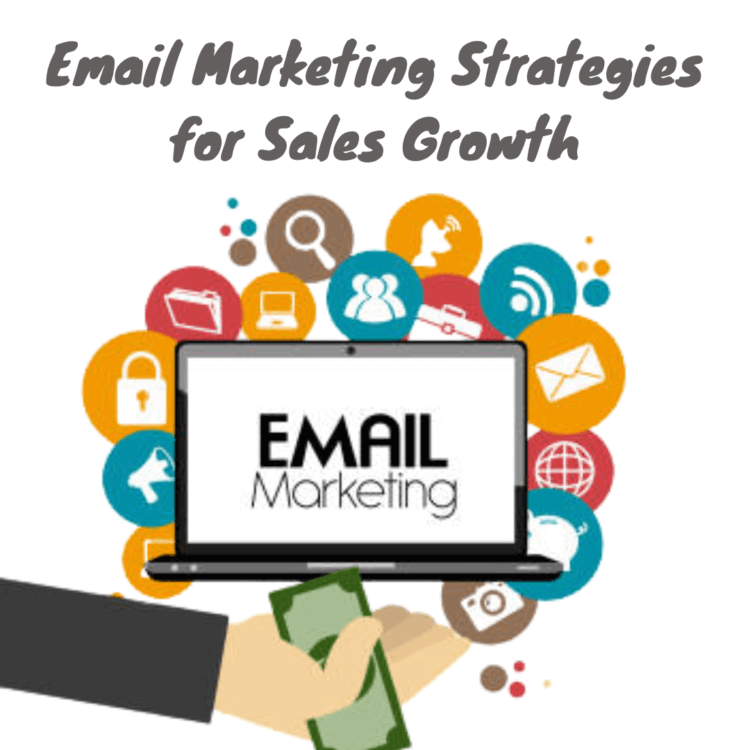Build and Segment Your Email List:
Maintain a clean and updated email list with engaged subscribers.
Segment your list based on factors like demographics, behavior, and purchase history to send targeted content.
Personalize Your Emails:
Use the recipient’s name and personalize the email’s content based on their preferences.
Tailor your messaging to match where subscribers are in the sales funnel.
Craft Compelling Subject Lines:
Create attention-grabbing subject lines that entice recipients to open your emails.
Avoid spammy words or phrases to ensure your emails land in the inbox, not the spam folder.
Provide Valuable Content:
Offer content that’s informative, educational, or entertaining to engage your audience.
Solve problems or answer questions your subscribers may have.
Use A/B Testing:
Experiment with different elements of your emails, such as subject lines, content, and calls to action.
Analyze the results to determine which elements drive the most conversions.
Implement Clear CTAs:
Every email should have a clear and compelling call to action (CTA).
Use action-oriented language and make it easy for subscribers to take the desired action.
Mobile Optimization:
Test Email Timing:
Analyze your audience’s behavior to determine the best times and days to send emails.
Test different schedules and optimize based on open and click-through rates.
Leverage Social Proof:
Include customer reviews, testimonials, and case studies to build trust with your subscribers.
Social proof can help convince recipients to make a purchase.
Implement Drip Campaigns:
Set up automated email sequences that nurture leads over time.
Send a series of emails with progressively more targeted content to move subscribers through the sales funnel.
Monitor and Analyze Results:
Regularly track key email marketing metrics, such as open rates, click-through rates, conversion rates, and revenue generated.
Use analytics to refine your email marketing strategy over time.
Abandoned Cart Emails:
Personalized Product Recommendations:
Use Urgency and Scarcity:
Create a sense of urgency in your emails by using phrases like “limited time offer” or “while supplies last.”
Highlight the benefits of taking immediate action.
Compliance and Consent:
Ensure that you comply with email marketing laws, such as CAN-SPAM or GDPR, and obtain proper consent from subscribers.
Include an easy way for recipients to unsubscribe.
Landing Pages:
Follow Up:
Send follow-up emails to engage with customers after a purchase, ask for feedback, and offer post-purchase support.
By implementing these strategies and continuously analyzing and optimizing your email marketing campaigns, you can drive sales growth and build a stronger relationship with your subscribers and customers. Keep in mind that email marketing is an ongoing process that requires adaptability and a customer-centric approach.










No Comments
Leave Comment